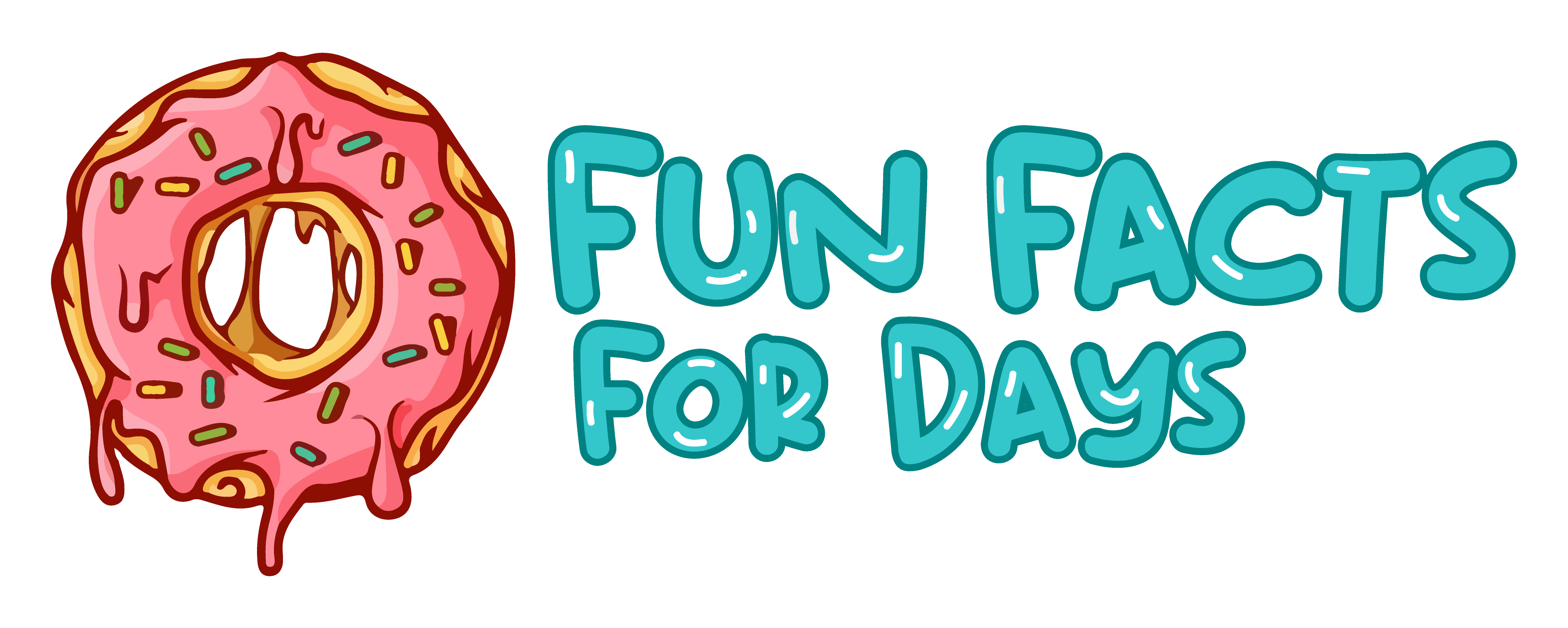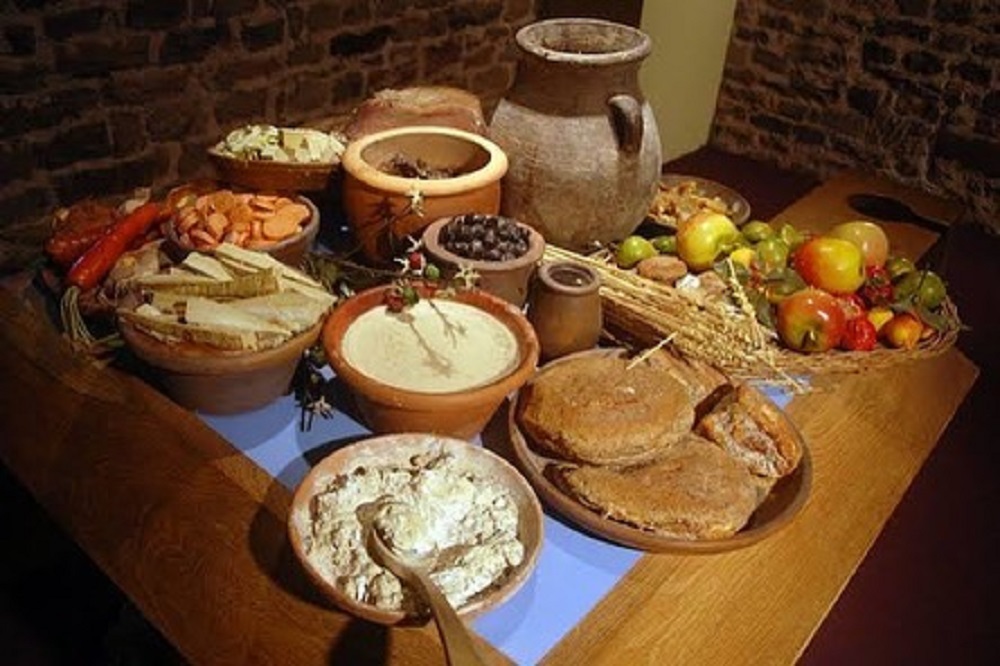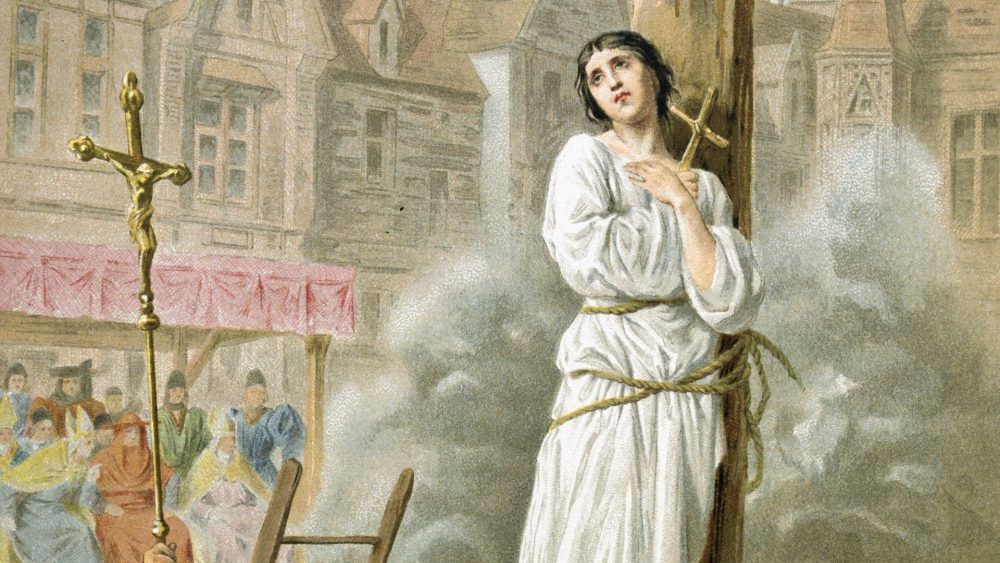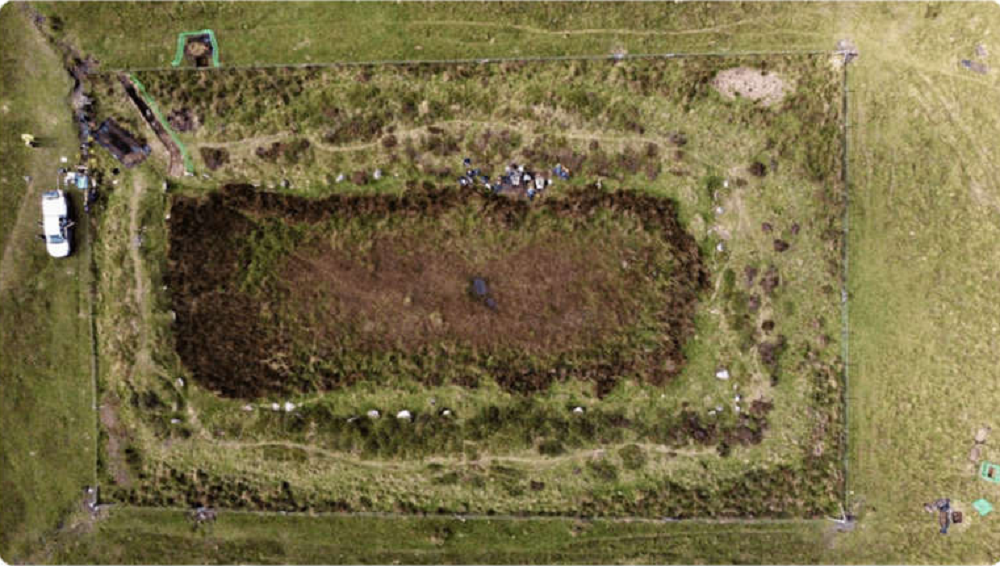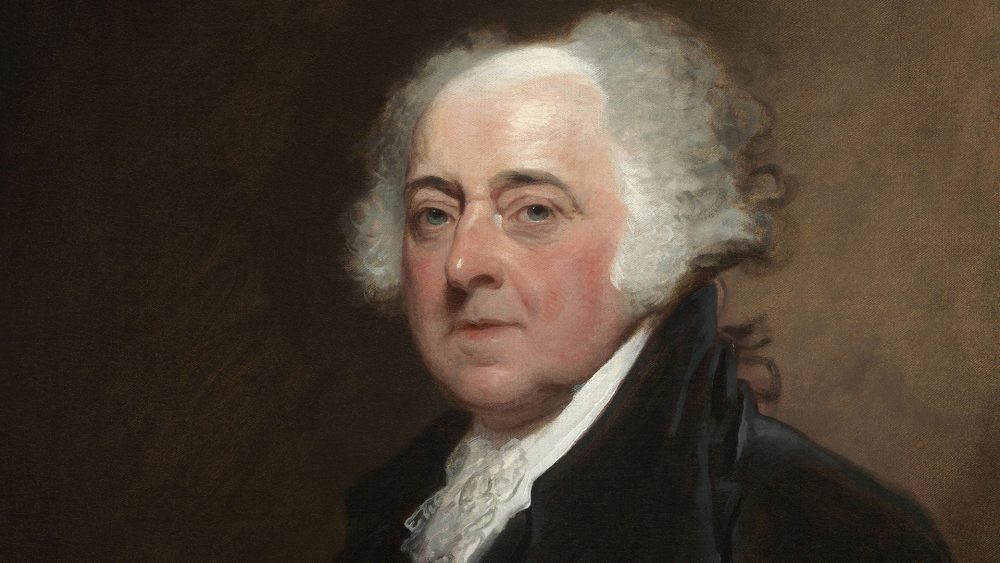What is the oldest medical profession in the world? Dentistry, a practice that dates back thousands of years, is the answer. Dentistry's origins can be traced to the Indus Valley Civilization around 7000 B.C., making it one of the earliest known medical professions.
Dentistry Early Beginnings in the Indus Valley
Archaeological findings suggest that dentistry emerged in the Indus Valley Civilization. This ancient society displayed advanced knowledge and techniques in treating dental issues. However, the first written descriptions of dentistry and tooth decay appeared around 5000 B.C. A Sumerian text from this period mentioned tooth worms as the cause of dental decay, a belief that persisted until the 1700s.
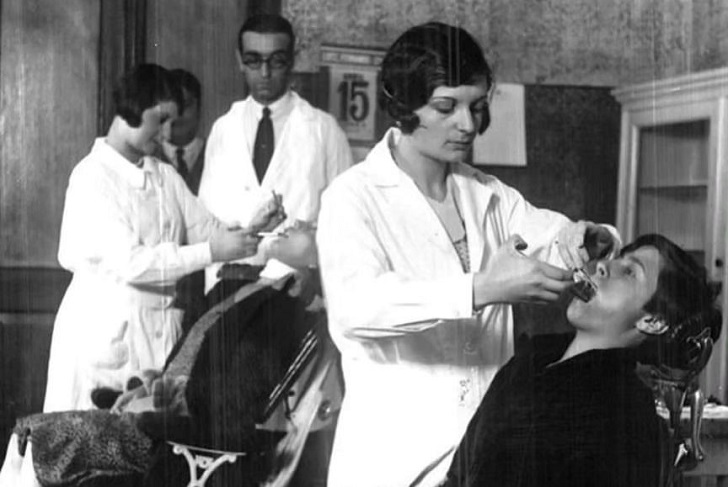
@dental_universee | Instagram | Archaeological findings suggest that dentistry emerged in the Indus Valley Civilization.
Contributions from Ancient Greece
In ancient Greece, notable figures such as Hippocrates and Aristotle made significant contributions to the field of dentistry. They documented various treatments for decaying teeth, laying the groundwork for future advancements. Their writings highlighted the importance of dental care, although it wasn't until the 16th century that dentistry began to be recognized as a distinct medical field.
The First Dental Book
The turning point for dentistry came in 1530 with the publication of "The Little Medicinal Book for All Kinds of Diseases and Infirmities of the Teeth." This was the first book devoted to dentistry and was a comprehensive guide for treating dental ailments. It marked the beginning of dentistry as a specialized profession.
Pierre Fauchard: The Father of Modern Dentistry
The 18th century saw significant strides in dentistry, particularly through the work of Pierre Fauchard. In 1723, French surgeon Fauchard published "The Surgeon Dentist, a Treatise on Teeth." This influential book defined a comprehensive system for caring for and treating teeth. Fauchard introduced the concepts of dental fillings and dental prosthesis and identified that acids from sugar were a major cause of tooth decay. His contributions earned him the title of the Father of Modern Dentistry.
Establishing Dental Education and Practice
The formalization of dental education and practice began in the 19th century. In 1840, the Baltimore College of Dental Surgery, the first dental college, was established. This marked the beginning of structured dental education and the need for professional oversight. Alabama enacted the first dental practice act in 1841, and by 1859, the American Dental Association (ADA) was formed to standardize dental practices across the United States.
Innovations and Milestones
The late 19th and early 20th centuries saw significant innovations in dentistry. In 1867, the first university-affiliated dental institution, Harvard University Dental School, was founded. By 1873, Colgate had mass-produced the first toothpaste, revolutionizing oral hygiene. The introduction of mass-produced toothbrushes soon followed, making dental care more accessible to the general public.

@dental_universee | Instagram | The late 19th and early 20th centuries saw significant innovations in dentistry.
Pioneers in Dentistry
The history of dentistry is also marked by notable pioneers who broke barriers and set new standards. In 1869, the first African American, Robert Tanner Freeman, earned a dental degree, paving the way for future generations. In 1885, the first female dental assistant, Malvina Cueria, was employed in New Orleans, reflecting the evolving role of women in the profession.
Advances in Orthodontics and Dental Imaging
The late 19th century saw further advancements with Edward H. Angle, who started the first school of orthodontics in 1901. He developed a classification system for crooked teeth that remains in use today. The first dental X-ray was also utilized in 1896, revolutionizing diagnostic capabilities and improving treatment outcomes.
Modern Dental Practices
Despite these early advancements, it wasn't until after World War II that good brushing habits became widespread in the United States. Soldiers stationed abroad brought back the concept of good oral health, leading to a significant improvement in dental hygiene practices among Americans.
